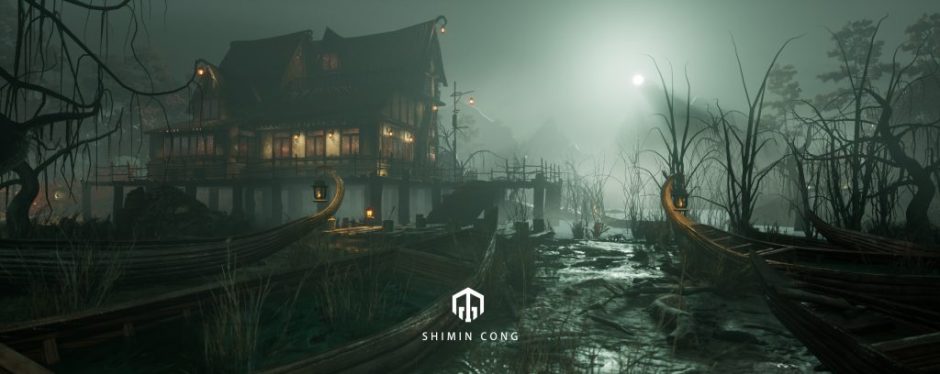In the sixth week of study, I understood the workflow of 3DE in animation and VFX companies. I have to admit that a software that occupies a small space has such powerful functions. Through the final learning of online courses and recorded courses, I classified the 3DE pipeline into 4 steps.
- Import of sequence frames and Expert buffer compression.
- Confirming the position movement of the camera by tracking the scene
- Tracking the positional movement of objects
- Exporting to MAYA, Nuke or other software
Step1
At the beginning of this process, I learned how to set a custom shortcut key, which facilitates the subsequent window switching.

Among the different working windows in the figure, Basic, Lineup and Orientation are the 3 most commonly used functions. Therefore, here I set the shortcut keys for F2, F5 and F6 respectively.

Then, click on the camera, import the sequence frame and set the gamma parameter to 2.2. Finally, Expert buffer compression.
Step2
This process is the main content learned last week. This week, on the basis of strengthening and consolidating the knowledge points of last week, I learned the tracking method of marker. And there are many details to pay attention to in this step:
- Points should have obvious characteristics and no obvious color changes. Such as a corner
- Points should be evenly distributed in the screen to avoid all points above or below.
In the sequence frame, creating points is more difficult. Because it is difficult to find a suitable point in the area located in the lower left corner of the picture.

After careful observation, a suitable point was found on the back cover of the car in the lower left corner of the image. I also tried the marker capture method. This capture method is suitable for regional single-color signs. E.g:

Of course, before choosing point, we need to adjust the image controls to make the selected area more obvious.

As for the marker method, first we need to change the Tracking mode from pattern to marker. Then click Gouge Marker 5 times, which is for making the captured logo easier.

After creating points, pressing ALT+C to calculate the position of the camera. In this operation, you may encounter the problem of excessive position deviation of the camera. Or look for the crosshair by looking at the F5 perspective. The crosshair shown in the figure are caused by the wrong camera position.

The repair method is to modify the lens parameters. This parameter should be the same as the actual camera parameter of the selected style.

This parameter is the camera parameter of Canon EOS 5D IV 25mm. The next operation is to open the Parameter Adjustment menu.

First click the Brule force all button, then click Adjust, the computer will recalculate the camera parameters.

After getting the plane as shown in the figure, it means that the camera parameters have been adjusted.

At this time, just press ALT+C again to recalculate the position and movement of the camera.

The crosshair are now in the correct position on the screen.
Step3
The third step is to capture the object. In this course, we are capturing human faces. I replaced the face with the helmet of Iron Man. The process is similar to the second part, but the additional work is to match the points to the model.
The first thing we have to do is to create a point group for objects, and renamed them.

Then create points on the character’s face in the same way.

After that, importing the downloaded Iron Man helmet into 3DE, and start matching the model with the points.

In this process, for the convenience of operation, we will open two working windows.

At this time, we must first select the point in the left window, then open the Extract Vertex in the right window, and finally click a point in the corresponding position of the model. After all the points are matched, press ALT+C to recalculate the movement and position of the model.

At this time, the position of the model may not exactly match, which need us to adjust manually.

First, cancel the yellow mark of Model Contains Survey Data in the left window. Then in the right window, change the position of the model through translation and rotation.

After getting the right position, select all the points on the face in the left window. Open the edit menu as shown, and select Project Points on 3D Models. Then press ALT+C to recalculate the position of the model.

At this point, the position of the successful model is shown in the figure
Step4
The last step is to export the camera, object and node. But exporting to node always causes errors.

Due to version restrictions, only static models can be exported in 3DE. The solution is to create a parent between the exported model and the points of the face. Then the model can move with the head.

Another problem is that the 3DE lens node cannot be imported into Nuke. As shown in the figure, the pink area should be kicked into the lens node of inheritance 3DE. This issue has not been resolved.
Finally, the sequence frames which were redered in Nuke were synthesized in Pr.

